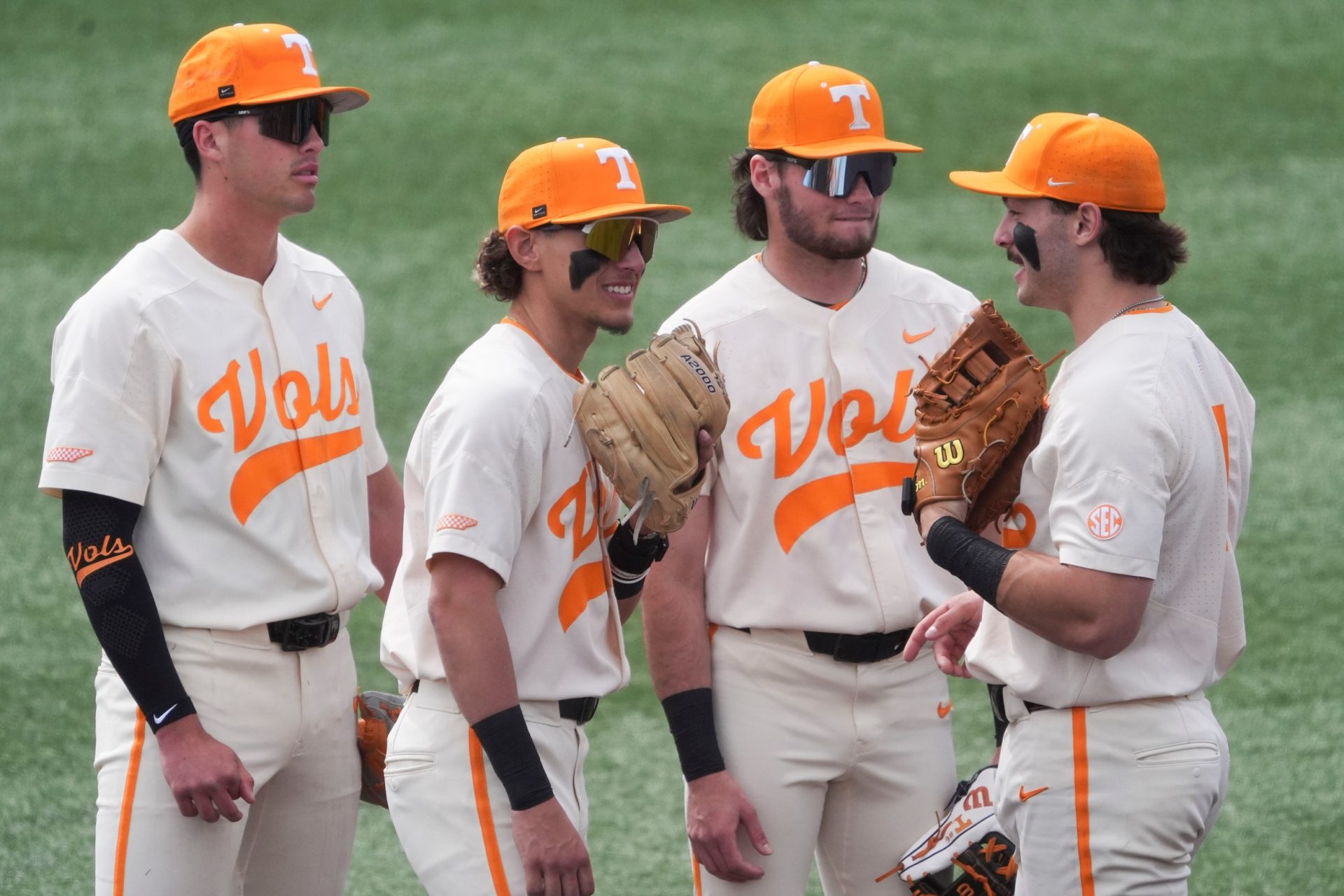College baseball scholarships are an important part of collegiate athletics since they offer financial support to student-athletes while also allowing universities to develop competitive teams.

How Many Scholarships Are Allowed in College Baseball? 2025 NCAA Updates Explained
The quantity and distribution of these scholarships vary by governing body and division, each with its own set of regulations and recent advancements.
NCAA Division I: Current Limits and Anticipated Changes
As of the 2024 season, NCAA Division I baseball programs can award up to 11.7 athletic scholarships. These scholarships can be distributed to up to 32 players on a 40-man roster, and each scholarship recipient is expected to cover at least 25% of the total cost of attendance.
This framework seeks to equalize the distribution of scholarships across a diverse group of athletes.
However, substantial changes are on board. A proposed settlement in 2024 would erase the current scholarship limits, allowing Division I teams to provide scholarships to all 34 rostered athletes, essentially increasing the scholarship cap from 11.7 to 34.
This adjustment is expected to come into force during the 2025-2026 academic year, pending approval.
“I think it’s an important issue,” Charlotte head coach Robert Woodard said. “I look at all of this through the lens of: 20 years ago, I was a freshman on a $1,500 scholarship. People have been complaining about 11.7 since I was in middle school.”
NCAA Division II and III: Scholarship Structures
NCAA Division II programs can grant up to nine athletic scholarships, which can be divided among players at the coach’s discretion. Unlike Division I, no minimum percentage is required for these scholarships.
Division III universities, on the other hand, do not award athletic scholarships, although they may offer other types of financial aid based on academic merit or need.
The National Association of Intercollegiate Athletics (NAIA) allows baseball programs to award up to 12 athletic scholarships. Similarly, the National Junior College Athletic Association (NJCAA) enables Division I and II colleges to provide up to 24 athletic scholarships, whereas Division III programs do not.
The proposed scrapping of scholarship limits in NCAA Division I is likely to have a significant impact on college baseball recruiting and team composition. Programs may have more freedom in allocating scholarships, thereby increasing their competitiveness and providing more opportunities to athletes.
KEEP READING: How Many Innings Are in a College Baseball Game?
However, these developments raise concerns about parity among institutions with different financial resources, as well as the overall influence on the collegiate sporting landscape.
As these advancements occur, prospective student-athletes must stay informed about evolving scholarship platforms and how they may affect their recruiting and collegiate experience.
College Sports Network has you covered with the latest news, analysis, insights, and trending stories in football, basketball, and more!

